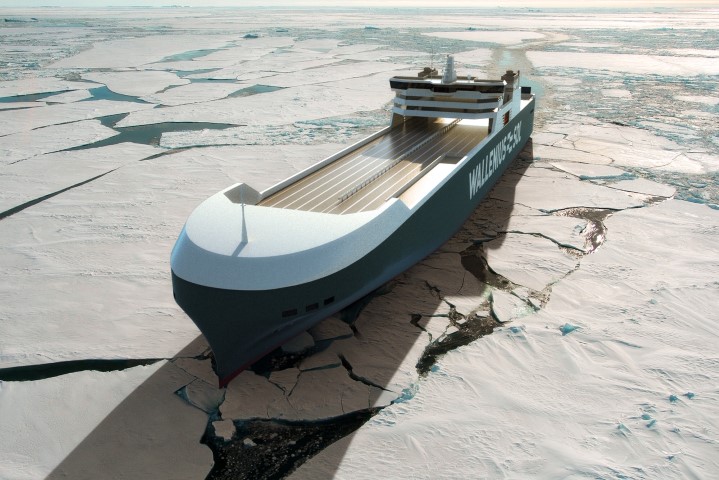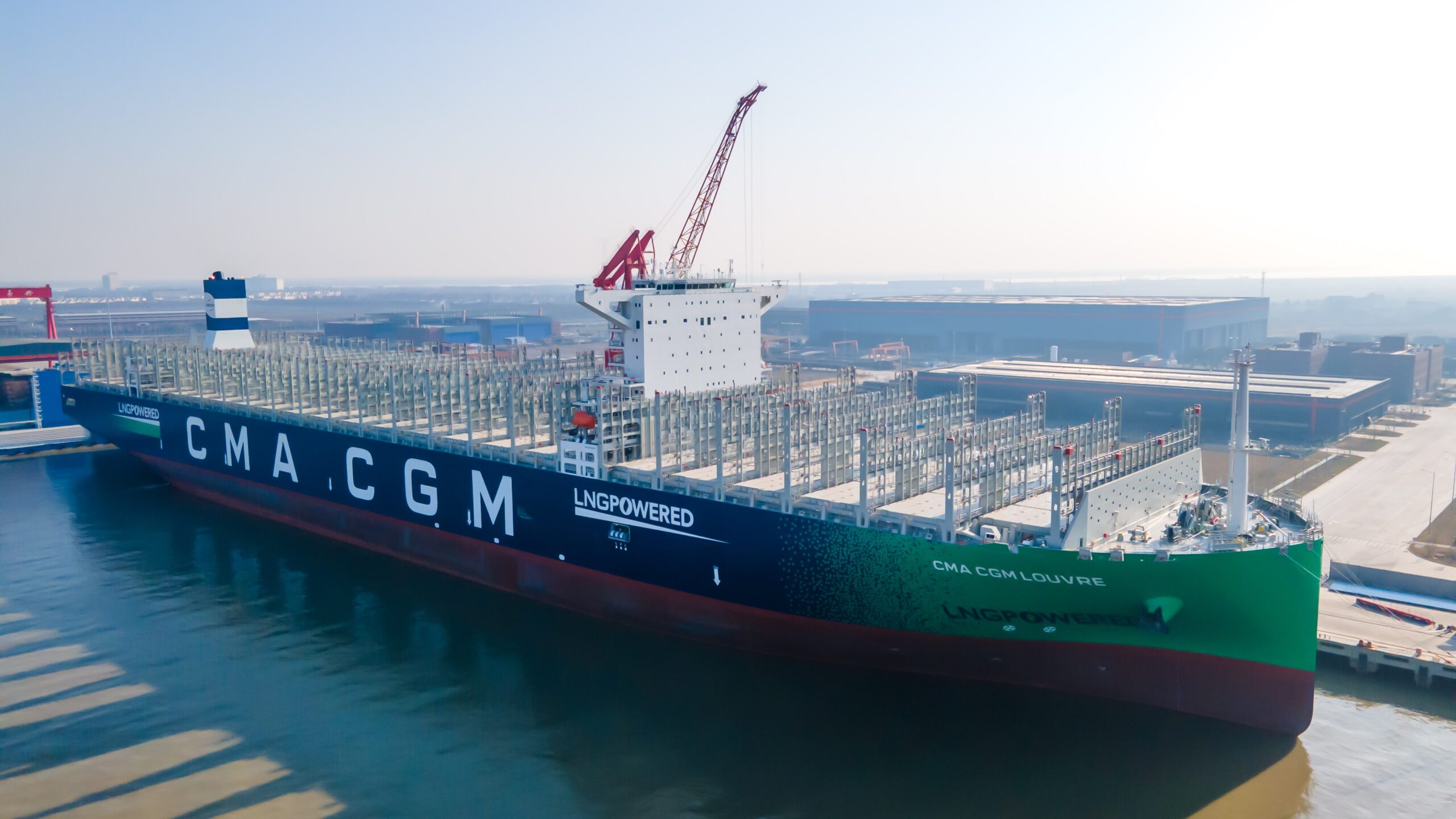Press Release: MAN Energy Solutions’ marine LNG fuel-gas-system manufacturer –has signed the contract to supply the LNG fuel-gas supply systems to Wallenius SOL, the Swedish shipping line, in connection with the building of two RoRo newbuildings in China at Yantai Raffles shipyard. MAN Energy Solutions has also been selected to supply 2 × 9L28/32DF dual-fuel auxiliary engines to each vessel. Wallenius SOL states that the vessels will run on LNG, making them among the most environmentally efficient vessels in that part of the world. Upon construction, the vessels will be the largest to ever meet Finnish/Swedish ice class 1A Super standard, ensuring year-round service in the frozen Gulf of Bothnia.
The 242-metre newbuildings will have a sailing speed of 20 knots and a capacity of 5,800 lane metres. Delivery of the vessels is scheduled for 2021 and the order includes an option for two further vessels. Wallenius SOL is a shipping line formed by Swedish concerns Wallenius Lines and Svenska Orient Linien (SOL).
Louise Andersson, Head of MAN Cryo, said: “These RoRos will operate in a sensitive, sulphur-emission-control area in harsh winter conditions where a reliable LNG fuel-gas supply system is of the utmost importance. We are very pleased that both shipyard and shipowner trust us to deliver the fuel-gas supply system for such unique vessels.”
MAN Cryo’s scope of supply for the vessel covers:
- 2 × 685 m3 vacuum tanks including tank connection spaces (TCSs) with LNG fuel pumps
- bunker stations with a capacity of 500 m3/h
- automation, emergency shut-down and gas-detection systems.
Under-deck mounted tanks with air locks allow the amount of fresh air sucked into the tank rooms to be reduced to a minimum. This is an important consideration in the tough winter conditions the ships are set to operate in, where the amount of cold air in the vessels needs to be kept to a minimum.
Environmental benefits
The new vessels will bring many environmental benefits compared with standard, heavy-fuel RoRos including reduced fuel consumptions and lower emissions:
- 50% fuel consumption per tonne-km thanks to larger vessels, more efficient engines and ship design
- 60% decrease in emissions of greenhouse gases per transported unit in CO2 equivalents
- 98% decrease in sulphur dioxide (SOx) emissions
- 85% decrease in nitrogen oxides (NOx)
- 95% decrease in particulate emissions.

































